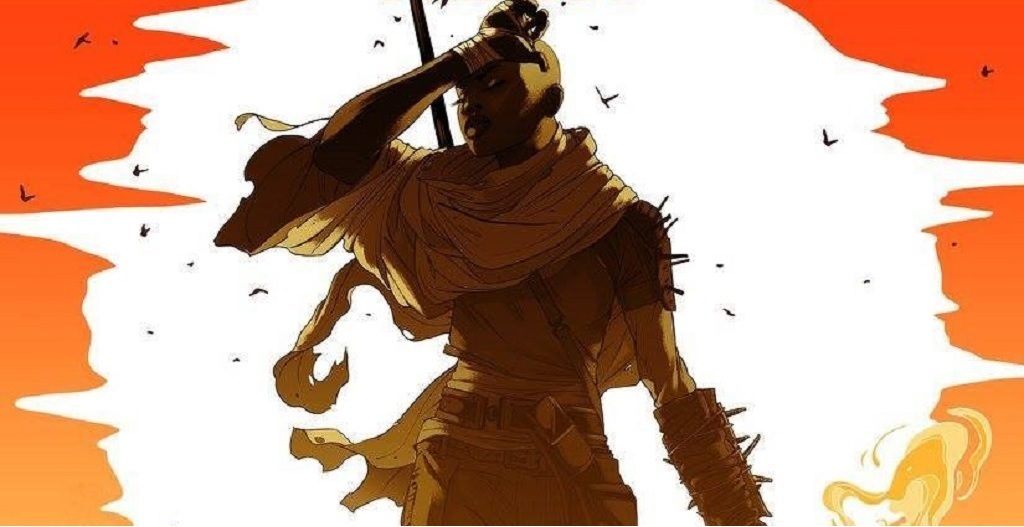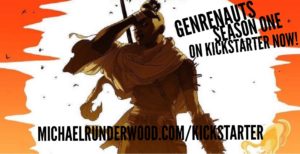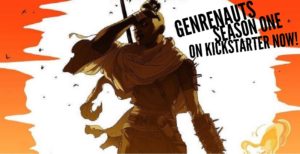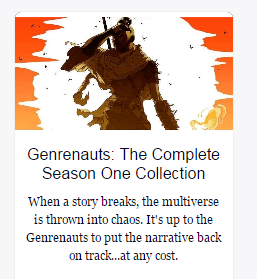Hello, all!
Here’s a special present from me to you – a short fluffy return to the world of Ree Reyes and the Geekomancers.
“A Very Geekomancy Christmas”
By Michael R. Underwood
Most days, Rhiannon Anna-Maria (aka Ree) Reyes (Strength 10, Dexterity 14, Stamina 13, Will 18, IQ 16, Charisma 15 – Geek 7 / Barista 3 / Screenwriter 3 / Gamer Girl 2 / Geekomancer 3) slept in. Since she lived a co-running-a-magic-game-slash-bar-while-protecting-the-city-as-a-magical-superhero life, which came with late nights as standard. That meant sleeping in whenever possible. Though there were a lot of days where she’d be woken by some magical alarm Drake had posted around the city, or when her dad would call early about something weird or wonderful, claiming to have forgotten that yes, Pearson was still three hours behind Indiana.
But today was Christmas, and on Christmas, there was a damned good reason to wake up early. The earlier she woke up, the longer she could make the day in order to stuff in as much joy and love and peace as she could manage. Because on the 26th it’d be back to the magic and mayhem.
Ree snuck out of bed, leaving Drake snoring under the covers, muttering formulae in his sleep. She tip-toed through their apartment (lovingly dubbed “The Shithole,”), which was done up with lights and tinsel and the best in gaudy seasonal decorations that money could buy from the Dollar Store and use for years and years until they became a fire hazard. Sandra had outdone herself with the tree, decorated not just with Ree’s geeky ornaments but with papercraft snowflakes, houses, and more.
Approaching the tree, Ree smelled coffee. Glorious coffee.
Already used to waking up at six each day for her office job, Sandra Wilson (Strength 15, Dexterity 13, Stamina 13, Will 12, IQ 13, Charisma 13 – Geek 3 / Scholar 3 / Professional 3 / Dancer 1 / Teacher 1 / Waitress 1 / Chef 1) leaned against the kitchen counter, holding a steaming mug.
“Merry Christmas,” Sandra said at a whisper. She slid to the side and gestured to an empty Grognard’s Grog & Games mug, over-sized for maximum caffeination.
“Merry Christmas,” Ree answered. She picked up the coffee pot and poured herself a massive cup. “Darren up?”
She nodded. “He’s been writing for an hour.” Sandra’s boyfriend’s dissertation was due on the first day of the semester, and he had only just now started his bibliography. So his and Sandra’s holiday had turned into a series of writing dates. Shopping and writing, wrapping presents and writing, baking and writing.
“He is going to stop long enough for you to shower him with food and presents, right?”
“That’s what he promised,” Sandra said. “Drake still out?”
“And deconstructing the principle of special relativity in his sleep, from the sound of it.”
Ree and Sandra chatted for several minutes over coffee as color returned to Ree’s world thanks to the power of java. It’d be the first of many cups today, but not out of necessity for fighting back-alley monsters or tromping through the sewers after homicidal gnomes, but because she could. And the lack of urgency made the drink all that much sweeter.
***
An hour later, Drake had emerged from slumber and Darren finished his writing quota for the day. Anya and Priya arrived with armfuls of presents and food, and the six of them crowded around the tree on couches and tables and the expandable ottoman that Drake had made Priya for ease of crafting anywhere and everywhere.
Anya gestured to the tree, present-lust in her eyes. “Presents first! I’m tired of waiting to find out what’s in that huge box,” she said, pointing to a box Drake had secreted away the morning before. Anya Rustova (Strength 7, Dexterity 12, Stamina 16, Will 15, IQ 16, Charisma 15 – Musician 5 / Geek 2 / Scholar 4 / Opera Diva 3) wore a gloriously gaudy Christmas sweater in green and red and gold, her one fashion concession to the season.
“Can we eat first? I might have been up late finishing this coat. You know, hypothetically.” Priya Tharakan (Strength 8, Dexterity 13, Stamina 12, Will 16, IQ 17, Charisma 15 – Geek 3 / Professional 3 / Seamstress 4 / Steampunk 4 / Goth 2) had gone all-out, sporting a green leather Christmas elf costume, complete with a jingling sonar bell on her felted hat.
“I’ve got enough food to feed an army, and unlike the presents, this stuff will get cold,” Sandra said.
“Let’s do both,” Ree said, taking charge like she was back at Grognard’s and directing traffic. “Drake, you and Anya divvy up presents, Darren and I will serve food. Priya, can you take notes for thank you cards?”
“Certainly.” Priya whipped out her tablet, which she carried in a gear-laden carrying case, which she dubbed the “Portable Babbage Engine” model. It had become the most popular non-clothing design on her shop, copies shipping across the country and around the world. Her business was so bustling she’d hired an assistant-slash-apprentice to help with the leather-work.
“Hosts go first,” Drake said, setting the massive box on Ree’s chair, then depositing a long rectangular box at Sandra’s spot on the couch. It was heavy. Like, What the Hell Is In Here and Is it Going to Explode? heavy.
Ree speculated as to the box’s contents as she returned to the kitchen to grab the rest of the food. She emerged with three plates full of scrambled eggs, sausage links, re-heated pasteles from last night’s Nochebuena dinner, and Sandra’s picture-perfect hash browns, all stacked on her straight arm, using Veteran Server Skills. Sandra followed with a tray full of drinks – mimosas and lambics from Grognard’s new line.
Drake Winters (Strength 12, Dexterity 15, Stamina 14, Will 15, IQ 16, Charisma 15 – Inventor 6 / Gentleman 2 / Steampunk 7 / Fae-Touched 3) accepted a plate and sidled up next to her, preparing to bask in her appreciation. Drake was a thoughtful gift-giver, but most times, it seemed like he got as much joy out of the giving as Ree got out of the receiving. It was a pretty handy arrangement, especially since Ree took about as much joy figuring out weird and wonderful gifts to give him.
They were still an odd couple par excellence, Ree all hyper-modern and esoterically geeky, Drake all propriety and otherworldly tech magic, but they’d found the tools they needed to work with one another’s faults and foibles, which meant that real fights were infrequent, short, and just about always ended with laughter. And other fun things.
Ree sized up the box, lifting it (which took some effort). “Is the shakey-shakey kind of box?”
Drake’s instant look of horror was hilarious, even if Ree knew she shouldn’t torture him so. “Please no. You’ve repeatedly said that you have renter’s insurance, but it’d hardly be fun to spend the day in a hotel after the resulting fire.”
“No shaking, got it.” Ree set the box down and proceeded to tear the wrapping to shreds, revealing a carved wooden box.
“It’s a box. Presumably with a thing in it.”
“Did you carve that?” Priya asked.
“I did, in fact. Berian Balsam, procured a few months ago at the Midnight Market. It is quite sturdy and might serve well as a container for any magical implements you wished to store at Grognard’s. Though the true present lies within.”
Ree beamed, and opened the box with a flourish.
Inside was a chrome-and-brass contraption that looked like a cross between a chemistry set, a wand, and a fireplace poker.”
“It’s beautiful,” she said. “What is it?”
Drake smiled. “It is a phlogistonic flat iron. Calibrated to drastically reduce the time necessary to achieve the desired straightness of hair. Its heat is only transferrable to hair, so there should be no random burns. However, the preservation of forces means that the central chamber it’s attached to does get very hot, and should only ever be used with the chamber properly secured.”
It was bizarre, but thoughtful. And incredibly useful, considering the awesome burn she’d given herself on her ear trying to flat-iron her hair for a super-fancy dinner out with her mom two weeks previous. “It’s awesome, thank you.” She leaned in and kissed the man-out-of-time, who looked like he was the cat that had caught the canary in an elaborate Rube Goldberg machine.
Darren got Sandra fancy paper for her newfound papercraft hobby, and then the rest of the crew tore through a round of presents. For Priya, heavy needles for her leatherwork (from Sandra). Anya got a new scarf (enchanted to let her mimic voices), a present from Ree and Drake, part of their ongoing experiments in combining Ree’s geekomancy and Drake’s Fae-powered magical engineering. Darren got capacitive touch gloves from Sandra.
“So you can keep reading even if we get another ridiculous winter like last year,” Sandra said. The same winter of the blizzard and Lachesis, the second of Lucretia’s Fate Witch sisters, who’d tried to kill Eastwood. In the end, Eastwood had sacrificed himself to save them all, mostly Branwen, aka Sionnan Reyes, Ree’s mom.
Who was due to arrive in about an hour. Ree had invited her to join them for Christmas first thing, but Sionnan wanted Ree to keep her traditions, “to let the younger generation keep your fun without an old lady around to embarrass everyone.”
Ree had argued that there would be no embarrassment, but she also guessed that the play might be for her mom’s sake as much as anyone else’s. Sionnan’d had a long, hard time, imprisoned by the Thrice-Retconned Duke of Pwn, and was still getting back into the swing of the whole Living Around People and Not Demons thing.
And finally, Drake opened Ree’s present, which she’d made with her mother’s help. Drake produced a pair of rubber gloves. But not thick, clumsy rubber gloves. These were doe-skin thin, fitted perfectly.
“These are remarkable!” Drake said. “They are non-conductive, I assume?”
Ree smiled. “Not just that, they’re also temperature-proof. Mom helped me with the enchantment, and Priya cut the material with the instruments we made. This way, you can do repairs in the field, work without a ground, and whatever else you can think up on the fly.”
“They’re fabulous, my love. Thank you.” Another kiss (chaste, because company), and they were back at the top of the gifting rounds, with a break for food.
There weren’t too many presents for each person, since even as a partner at Grongard’s, Ree wasn’t swimming in money any more than her other friends. The real gift was a day free of magical interruption, free from dark magic, and spent with the people she loved most in the world. Her mom would be over later, and then they’d all head down to Grognard’s for the Christmas Day Tournament & Banquet. Ree imagined Grognard in his festive apron, the one item he wore at work that wasn’t basic black.
A few minutes later, her phone lit up with a call.
Ree stood and walked over to the kitchen to talk.
“Merry Christmas, dad.”
And it was, in fact, Merry. The whole day.
That night, as Anya led a few of Grognard’s irregulars in some caroling while Ree’s Eldar (including Harlequins in Christmas colors) Ree reflected on the day, which had turned out even better than she’d imagined. She took pictures in her mind, and thought,
Dear Geeky Jeebus,
Thank you for a real, honest-to-goodness break of a holiday. A+ navidad-ing. Would Christmas again.
“Hey Ree,” Grognard shouted from the bar, still wearing the festive apron, sporting a leather-clad but still jolly Santa. “Looks like we need to tap another keg!”
“On it!” Ree answered, humming a song and getting back to work.
THE END
 I’m very pleased to share the news that Genrenauts was a Finalist for the r/Fantasy “Stabby” Award for Best Serialized Fiction. The winner was the amazing comic series The Wicked + The Divine, so I’m very happy for them, and honored for Genreauts to have gotten enough support to be a finalist.
I’m very pleased to share the news that Genrenauts was a Finalist for the r/Fantasy “Stabby” Award for Best Serialized Fiction. The winner was the amazing comic series The Wicked + The Divine, so I’m very happy for them, and honored for Genreauts to have gotten enough support to be a finalist.
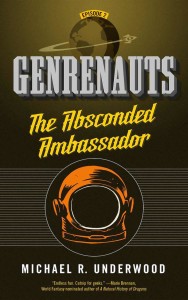
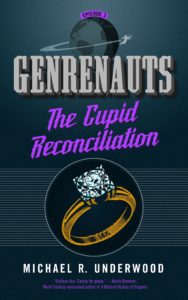
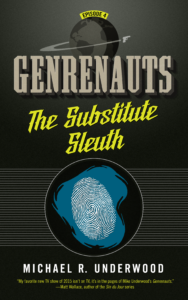
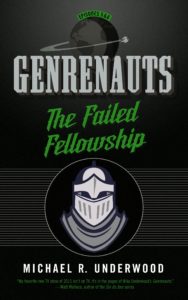
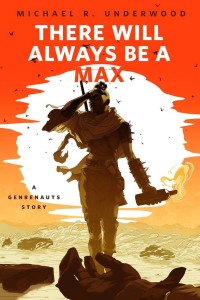
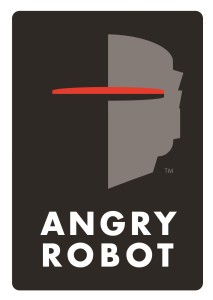
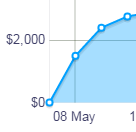
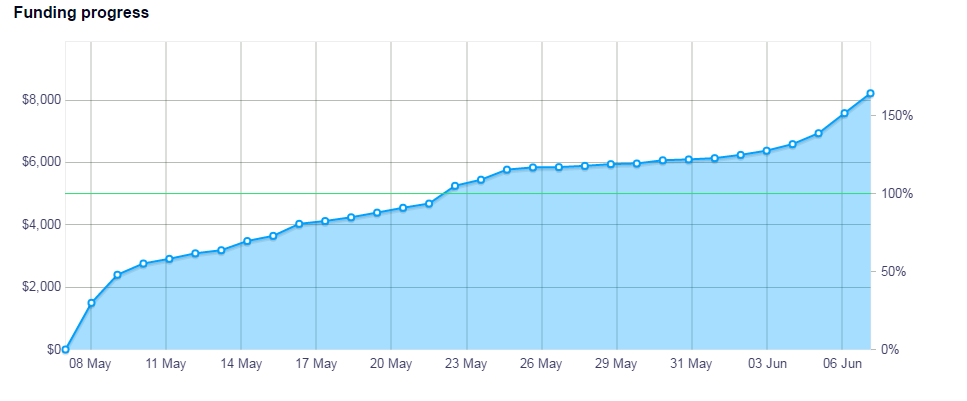 Around the 16th of May, things slowed down some. An then after the 26th of May, the campaign really slows down, getting less than 5 new backers a day for over a week. I was still putting out updates, hitting blogs and podcasts, but not at the same rate, and even so, we were still very far from our first stretch goal (more on that later).
Around the 16th of May, things slowed down some. An then after the 26th of May, the campaign really slows down, getting less than 5 new backers a day for over a week. I was still putting out updates, hitting blogs and podcasts, but not at the same rate, and even so, we were still very far from our first stretch goal (more on that later).